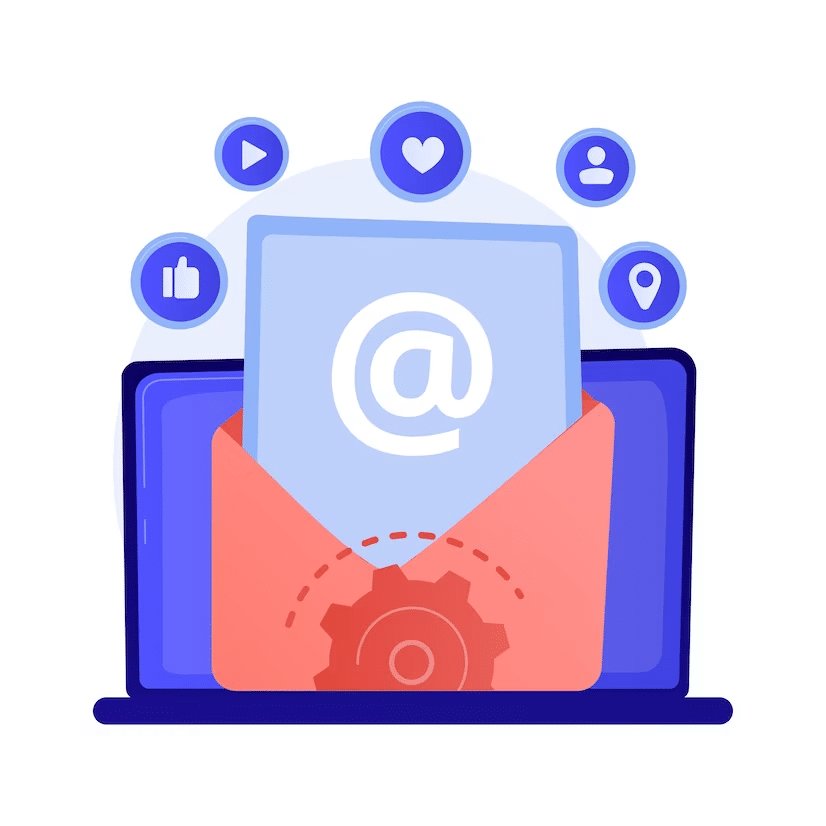
The power of an effective subject line is substantial. Just a few quick, carefully considered words can entice a reader to open your email instantly and engage with it.
In fact, research shows that over 35% of email recipients can be influenced to engage with a message based on its subject line alone.
On the other hand, poor email subject lines can send your message straight to spam, or worse, annoy your prospects enough to unsubscribe.
With users receiving hundreds of notifications daily, a great subject line matters more than ever.
When it comes to follow-up emails specifically, you want to turn those cold leads into hot prospects with a good subject line that inspires urgency to read your email.
So, are you looking for the ideal subject line for a follow-up email?
In this article, we’ll share some of our top ideas for follow-up emails with personalized subject lines to help you nail your next campaign.
Why Are Subject Lines Important for Follow-Up Emails?
Well-crafted follow-up emails that are thoughtfully personalized are a robust way to generate sales.
The more you send follow-up emails to your recipients, the more you stay top of mind.
Sending follow-up emails also increases the chance of engagement with your messages by up to 40%.
When you don’t use good follow-up email subject lines, your cold emails won’t pique your recipient’s curiosity.

When you use a creative and eye-catching subject line that is friendly and carries a professional tone, recipients experience you as more human and not robotic or overly sales-driven.
| 👉 Personalize Your Follow-Up Email Subject Lines for Ultimate Success Using the same subject line for your follow-up emails is a sure-fire way of ensuring that they are left unopened. Personalizing them is essential to grab the recipient’s attention. We will talk more about how a personalized subject line is essential if you want to turn follow-up emails into engagement magic. But for now, check out the Hyperise editor to see how you can personalize your text, images, and videos in your follow-up emails. |
Our Top Tips for Writing a Subject Line for Follow-Up Emails
The subject line of your follow-up email gives the recipient one important decision to make: should they bother opening this email?
If the recipient finds your subject line interesting, they’re more likely to open the email.
Here are our expert tips on how to write an email subject line that engages the reader, increases your open rate, and improves your chances of conversions.
📧 Use natural, conversational language
Your cold leads are humans, which means you should speak to them with this in mind. Using a friendly and conversational tone in your email subject line makes your brand more relatable.
This kind of language makes your sales pitch sound less robotic and sales-driven.

By considering the tone of voice and the language style you use, you increase the chances of your emails being read and responded to.
This tip applies to any marketing or email campaign you run. Always keep in mind that your target audience is human—even in the B2B space.
You have better chances of success when you speak to them in a way that comes across as if you’re a fellow human being reaching out to another.
📧 Keep your subject line short
There are three main reasons why you should keep your follow-up subject lines short and to the point:
Getting cut off
Today’s devices only allow a certain number of characters in email subject lines. In other words, email apps will only display a limited number of letters and numbers in the preview of your email.
You want to make sure your subject line doesn’t get cut short because you’ve used too many words. This means your subject line won’t have much of an impact.
To ensure that your subject line is readable, aim for a length of about 30 to 70 characters. This also helps to ensure that your subject line is impactful on smaller screens, like mobile phones.
Mobile optimization
Smartphones, in particular, cut subject lines short when they show users previews of emails; therefore, it’s important that you keep your subject lines short and clear, especially for users on mobile phones.
Keeping your email subject line short can also help enhance its impact, allowing it to stand out in a crowded inbox and increasing the chances of your message being opened.
Attention span
It’s safe to assume that your target audience would typically have a limited attention span, especially when they’re sorting through a crowded inbox. Shorter subject lines have a higher chance of catching their attention right away.
If you’re wondering about the length of your subject lines, follow this guide based on what you know about your target audience:
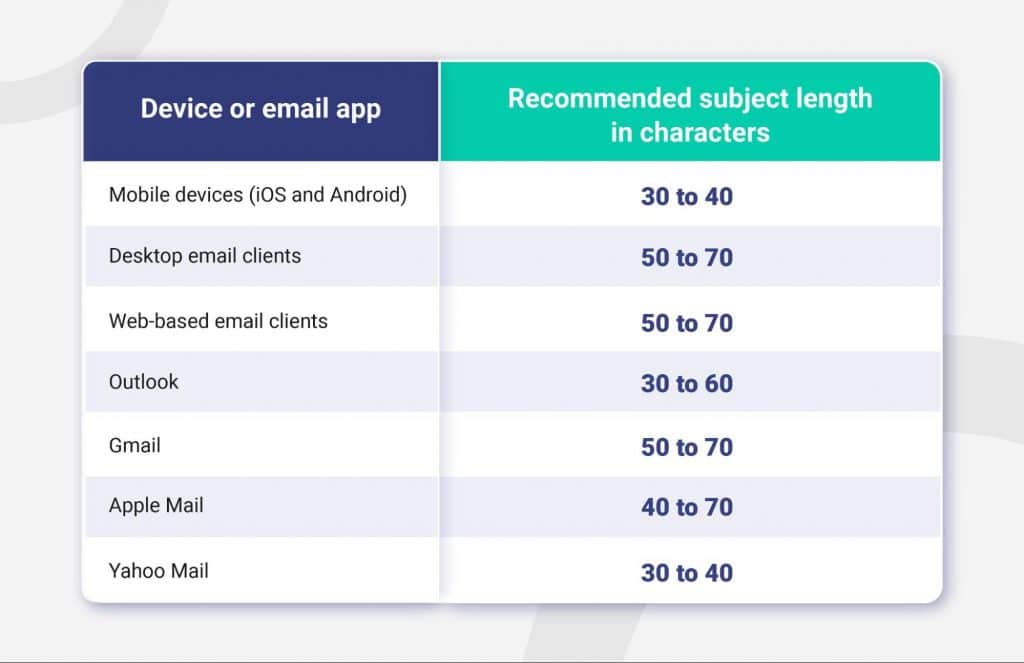
Your follow-up subject line should directly relate to the body of your email. Using a misleading subject line may deter readers from taking action and engaging with your message.
Using subject lines that sound like clickbait or that don’t relate to the contents of your email is the quickest way to annoy your prospects and have them report your message as spam.
We’ll take a look at some examples of how you can craft a powerful subject line without sounding like clickbait a bit later on.
📧 Make it personal
Personalized emails are key to achieving higher open rates and more engagement. Adding that extra personal touch shows that you really care about your potential customers and that you’re not just out to spam them.
This information is usually gathered when website visitors sign up for a newsletter or add their information to a database to access a discount or during the checkout process.
You can personalize emails using their:
- Name
- Address
- Job title
- Employer
- Birthday
- Location
This opens the door for a mutual connection that benefits both you and your prospect.
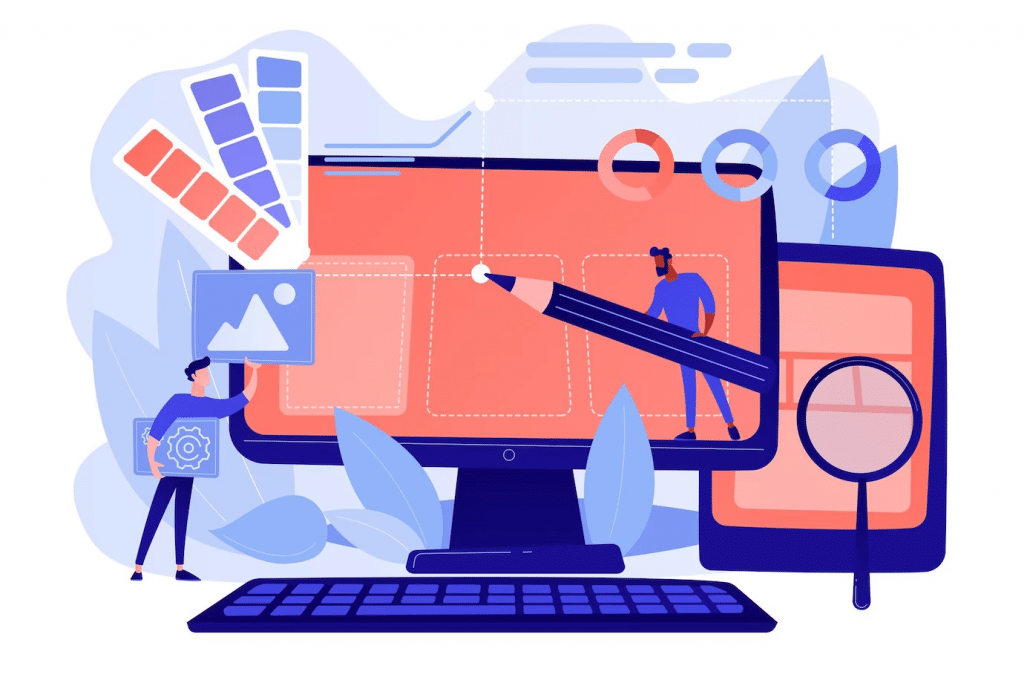
| 👉 Automate Follow-Ups for Better Personalization You may want to automate your follow-ups by using a tool that will help you personalize your subject lines and email content. With tools like ActiveCampaign, Mailchimp, and GetResponse, you can test several different subject lines to see which ones generate the most engagement. This helps you determine what works and what doesn’t. You can then apply these insights to your next round of follow-up emails. Aside from automation tools, you might want to consider using the Hyperise editor to create personalized images, text, and video for your follow-up emails. |
Any level of personalization shows readers that your business has gone the extra mile to connect with them.
📧 Make it worth opening
Although you, in effect, only have six to ten words to play around with, there is still room for a little creativity in your subject lines.
Spend time crafting short yet compelling subject lines that encourage recipients to open and engage with your emails.
| 👉 Not Great with Words? If you’re not confident that you can create a compelling subject line on your own, why not lean on AI? Use ChatGPT or your favorite AI tool to generate some compelling and catchy subject line ideas that you can work with and make your own. Once you’ve generated some ideas, you can use your personalization tool to take these subject lines to new heights. |
📧 Double-check before you hit send
If you’ve spent time creating a catchy, informative, and short subject line, the last thing you want to do is hit send when there’s an error in your text.
Often, when you spend a lot of time and effort working on your writing, it is not uncommon to miss mistakes and typos.
Unlike social media posts, you can’t go back to edit an email and fix your mistakes once it’s been sent.
Before you hit send on your next follow-up email, have someone look over your subject lines and the content of your email to avoid errors.
Subject lines and email content that contain spelling and grammatical errors look unprofessional and may create a negative perception of your brand. So be sure to get a second pair of eyes on your follow-up emails before sending them out.
📧 Optimize the snippet (or preview)
We’re sure you might have noticed small areas of text beneath the subject lines of emails you’ve received. These are known as the snippet or preview.
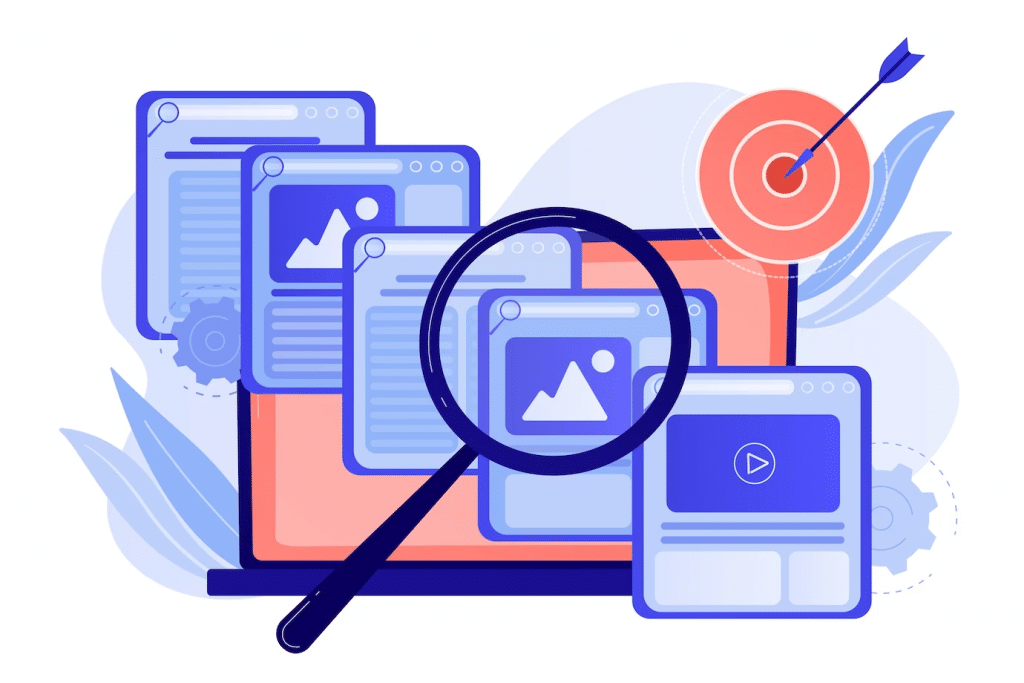
Typically, you’d want to use this preview text to back up what you’ve stated in your subject line. You should provide more information about what’s inside the email and what the reader can expect if they open it.
An optimized snippet means that when your email reaches your recipient’s inbox, they’ll be even more encouraged to open and engage with your email. Leaving the email preview blank is a missed opportunity!
Again, you’ll want to keep this preview text short so that it doesn’t get cut off by the device the recipient is viewing the email on.
12 Examples of Email Subject Lines for Your Follow-Ups
If you get your follow-up email subject lines right, you can expect all the rewards of a successful campaign.
It’s also important to ensure that you use different email subject lines and adjust them based on the content of the message to create a more personalized experience for the recipient.
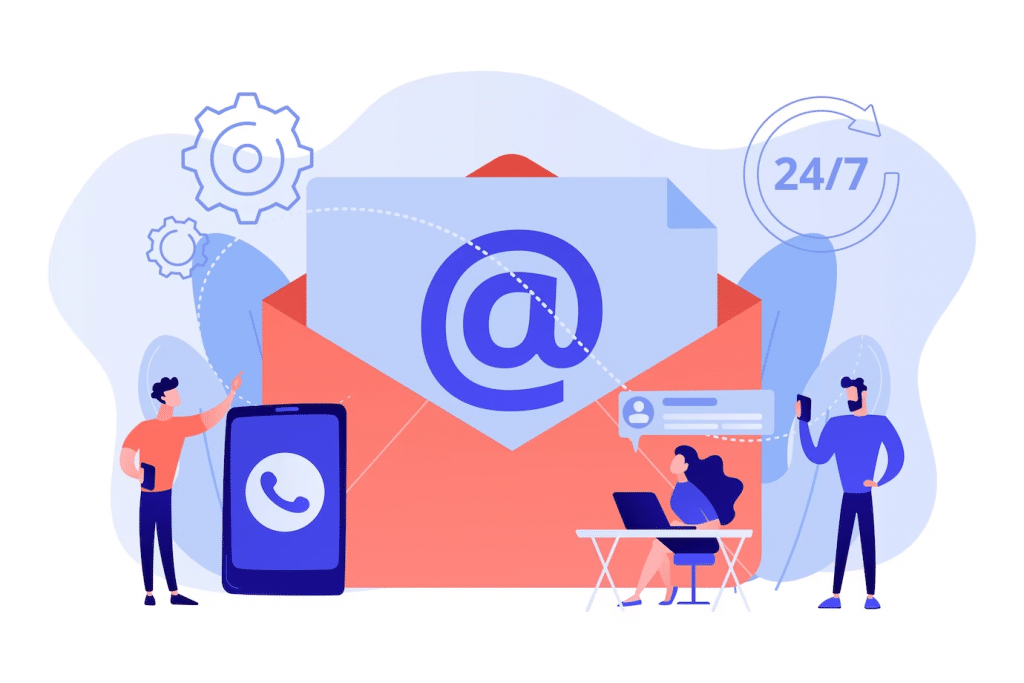
Now that you’ve read our tips above, here are some networking email subject line examples for your next round of follow-up messages.
➡️ “Next steps”
Using “next steps” as your subject line makes recipients curious about the next step—especially if this follows a purchase or download from your website.
This short yet informative subject line can really get your readers interested in what you have to say.
Be sure to stick to what such a subject line promises and actually outline clear next steps in the body of your email.
You can also use this subject line as an opportunity to remind them about your offering and reignite their interest in your product or service.

➡️ “We’ve just left you a voicemail about [XYZ]”
“Just left you a voicemail” indicates that this email is not your first encounter. You’ve already reached out to that person via another channel, which shows them that you’re not a spammer.
This subject line conveys that you’ve already made the effort to contact them, and you’re politely following up on your voice message.
Be sure to fill in [XYZ] with actual information about the subject of the voicemail message you’ve left them.
It’s best to exercise caution when sending emails directly after having left a voicemail. You don’t want your prospects to feel as if you’re using every possible channel to reach them when they may very well be busy.
➡️ “Can you help?”
This subject line can make the recipient feel important and get them curious about the contents of the email. You’re hinting that they’re an expert whose help or advice you need.
They might open your email if they feel they’re being asked for help, especially if you make them feel important.
However, the contents of this email should then be you truly asking for advice or help. As mentioned above, your subject line should always reflect the body of your email.
You could ask your prospect:
- What their thoughts are on a new product you’ve launched.
- For their feedback on a recent interaction you’ve had with them.
- To rate a recent purchase.
- To complete a survey or questionnaire that gives you deeper insight into your target market.
➡️ “Have you seen this?”
You can also use “have you seen our new [insert product name]?”
If you launch a new product and you want to send information about it to your prospects, use this question in the subject line of your follow-up email.
Asking a question in your subject line can be engaging and may be that extra bit of convincing your prospects need to open your email.
➡️ “I forgot to mention this when we last spoke”
Again, this subject line immediately indicates to the reader that your message isn’t spam. This is because you’re implying that you’ve had contact with them previously and that they know who you are.
They may also be very interested to learn what you forgot to say the last time you spoke to them.
Using this subject line makes your email sound more natural and human, which—as we mentioned above—is an effective tactic.
In the body of this email, be sure to add some valuable resources like:
- Links to your website
- A blog post
- Your latest e-book
- Product information
- An informative brochure
Integrate this additional content into the body of your email to continue promoting your product or service to your prospects, while still providing them with something of value.
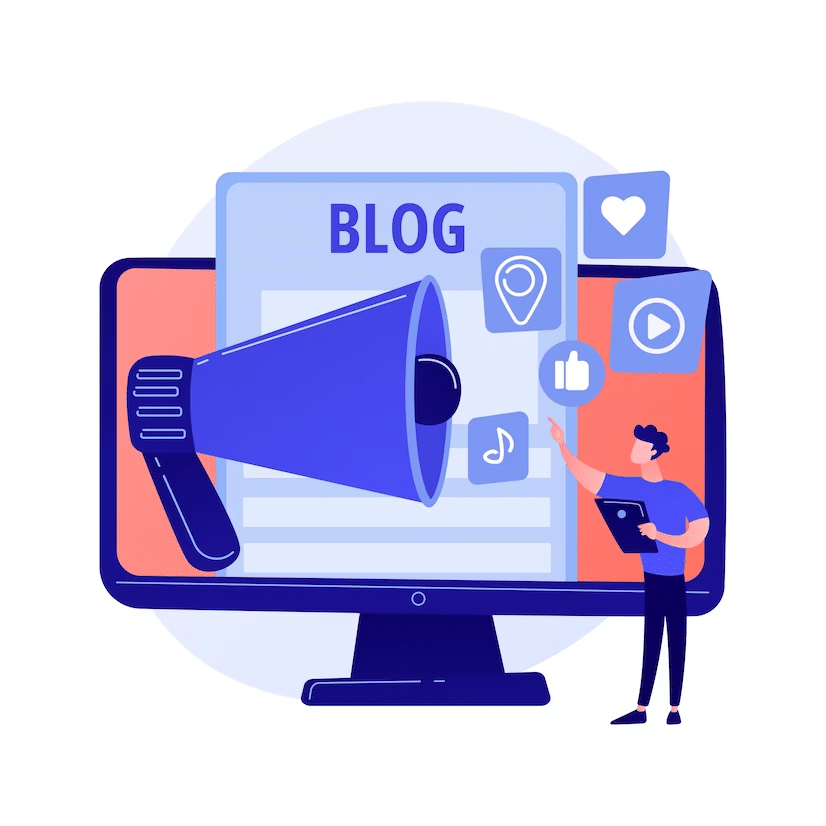
➡️ “Thank you for your time”
If you have already spoken with a prospective customer or client, sending them a follow-up email to thank them for their time is an excellent idea.
This shows that you are grateful that they spent time listening to what you had to say and it also helps you stay top of mind.
In this email, you might want to recap what was discussed in your previous meeting and provide some new and useful information that will help convince the reader to convert.
➡️ “What we spoke about on [LAST MEETING DATE]”
You can use this follow-up subject line for an email if you’ve already met with the prospect.
Use this email to summarize the conversation you had with your prospect, touch on any important points discussed, and provide any new information that may encourage them to engage with you further.
➡️ “You’re not alone”
You can use this follow-up email subject line to show that you truly know and understand your customer’s pain points.
If you use this subject line, your email must:
- Outline the user’s pain points.
- Tell them that they’re one of many people experiencing these problems.
- Explain how your product or service addresses these pain points.
If you want to pique your reader’s interest even further, you can add this to your subject line: “You’re not alone, and here’s why…”
➡️ “We missed you again”
This subject line indicates that you have already tried to communicate with your prospect, but you cannot reach them. Also, it shows that you want the opportunity to meet with them, which gives your email a clear purpose.
You can also relate this back to a previous subject line or email to indicate that you’ve been committed to connecting with them.
➡️ “I had this idea since we last spoke”
This is a good subject line if you attended a meeting with your potential client, and now you want to keep them engaged and keen to learn more about your offering.

To do this, you can send them a follow-up email with an additional piece of information, some new ideas, or content that relates to the problems they typically face as your target audience.
This follow-up email subject line should pique your prospect’s interest so they can open and read your email. It also demonstrates that you’ve truly given your conversation with them some thought.
Using follow-up emails to provide new insights or solutions to the problems discussed in your initial meeting shows that you care and are invested in your client’s satisfaction.
➡️ “One more thing from yesterday”
This subject line is especially effective if you’ve recently had an interaction with a potential client.
It implies that you reflected on your last conversation and have something important that you want to share with them.
Not only does this pique curiosity, but it also shows that you paid attention to what they were saying and that you are committed to building your professional relationship.
In the body of your email, ensure that you provide a piece of information that you haven’t mentioned before and is genuinely insightful. This could be something like an additional resource or a solution to a problem discussed in your previous interaction.
➡️ “First steps for improving [problem]”
A direct approach that addresses a concern the recipient is facing is a great option for a follow-up subject line.
By personalizing the line with their specific problem, you also ensure that the email is immediately relevant to the recipient.
In your email, outline an actionable plan or set of steps that the recipient can take to start addressing the issue they may be having. This helps to position you as a helpful partner in their journey towards a solution.
It’s also important to ensure that your email copy delivers on the promise of the subject line to avoid it sounding like clickbait.
That means including things like practical advice, helpful resources, and expert-approved tools is key.
➡️ “[Number] takeaways from our meeting and next steps”
This is another option you can use after a recent meeting or discussion with the recipient. Not only does it promise valuable insights, but it also shows that you’ve taken time to think about your interaction and how to take it further.
When including your takeaways, make sure that you summarize the key points in a concise and informative way that is easy to understand.
Following the takeaways, clearly outline your suggestions for the next steps to maintain momentum and guide the recipient toward their desired outcome.
➡️ “Here’s the information we promised you”
Using this subject line sends a powerful message because it indicates that you made a commitment and fulfilled it.
This can go a long way in building trust and credibility with the recipient—especially if you’ve never worked together before.
It shows them that you are following up with specific and valuable content that was previously agreed upon and discussed.
Bonus points if you are able to send it in a timely manner, indicating that finding a solution for the recipient is at the top of your priority list.
In the body of your email, ensure that you immediately deliver the promised information, whether it’s a resource, data, answers to questions, or further details on a business proposal.
This approach helps to reinforce your reliability while encouraging the recipient to open the email.
Take Email Personalization a Step Further
In our opinion, the right subject line for your follow-up email is crucial. After all, how will you achieve decent engagement and an optimal click-through rate if you can’t entice your prospects to even open your email?
Subject lines are what help readers decide whether or not they’re going to open and engage with your marketing message. So, it’s important to invest some time into crafting your subject line.
Aside from the examples we outlined above, there is one other key factor to consider when it comes to follow-up emails: personalization.
Personalizing your follow-up emails can help you level up your cold email marketing campaign by making the reader feel that you truly care about them.
By using a tool like Hyperise, you can personalize your:
✅ Text
✅ Images
✅ GIFs
✅ Videos
Customizing these elements can make your follow-up emails all the more powerful.
Visit our website to learn more about how Hyperise can help you take your follow-up emails to new personalization heights.